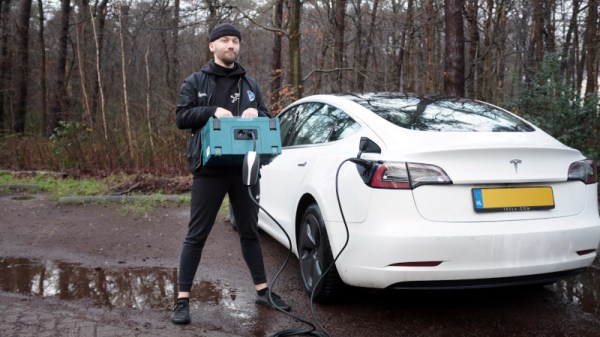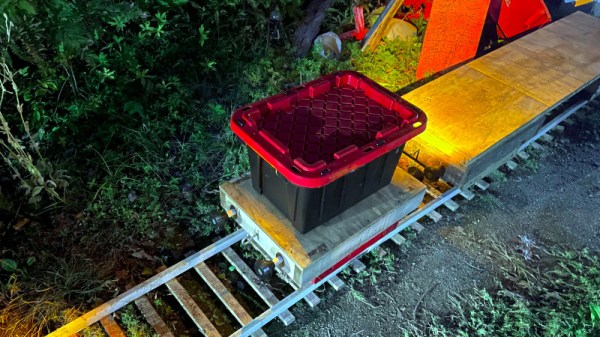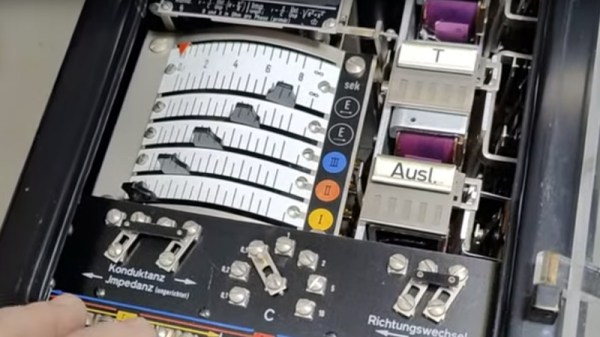The revolution in portable and cordless appliances has meant that we now own far fewer mains-powered gadgets than we might once have done, but it hasn’t entirely banished the old AC outlet from our lives. Particularly when away from a mains supply it can be especially annoying, but now instead of a generator there’s the option of an inverter. [Thijs Koppen] has made a very neat all-in-one mains power station in a plastic flight case using the ubiquitous and handy standardized Makita power tool packs.
From one perspective this is a simple enough build, because wiring a battery to an inverter isn’t the most difficult of tasks. But he’s designed his own 3D printed Makita battery receptacles which should be of interest to plenty of readers, and with three packs in series he’s sourced an unusual 72 volt inverter to supply mains. The photo of him charging a Tesla with the result is probably more for show than practicality though.
We’ve featured quite a lot of cordless tool battery hacks over the years as their ready availability and quick interchangeability is attractive. If you ever fancy engineering your own mounting, we’ve taken a look at someone doing just that.


















